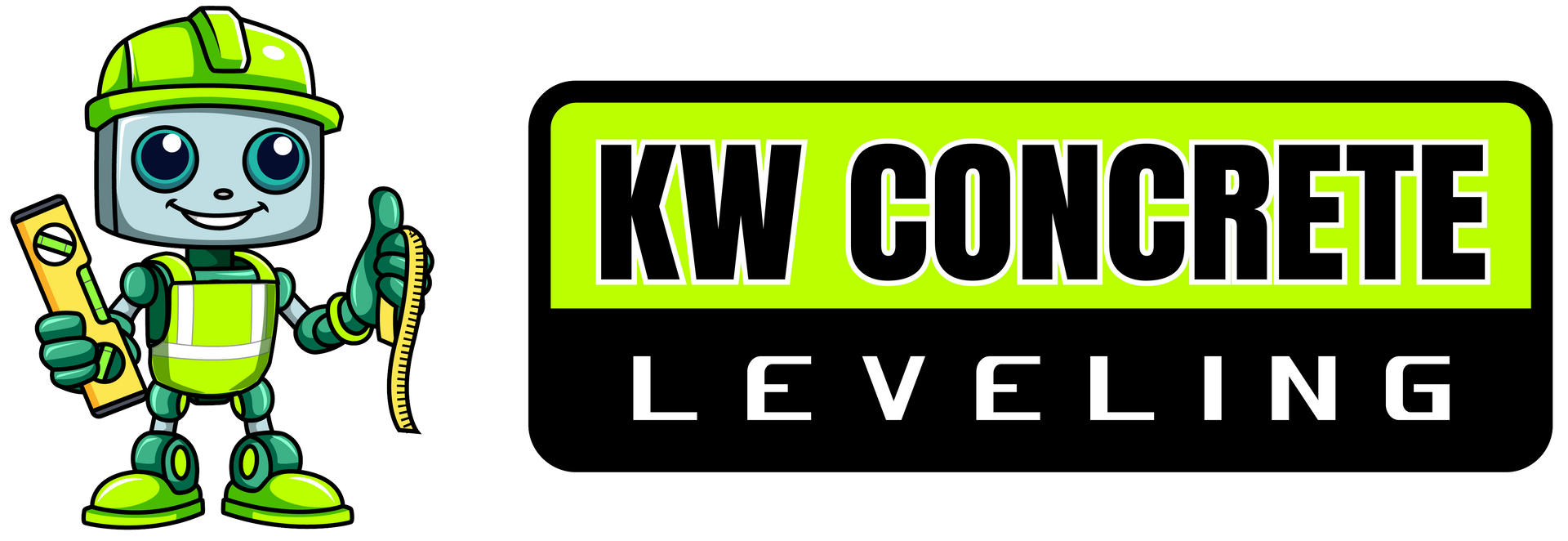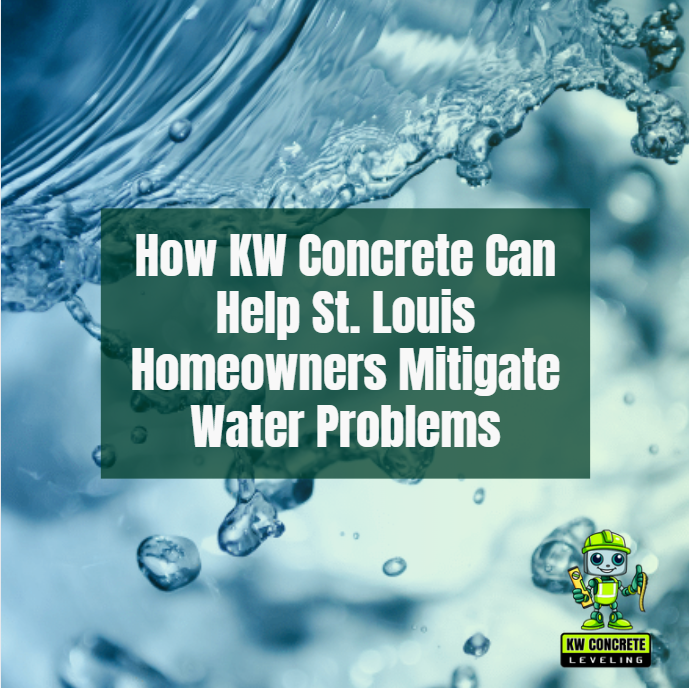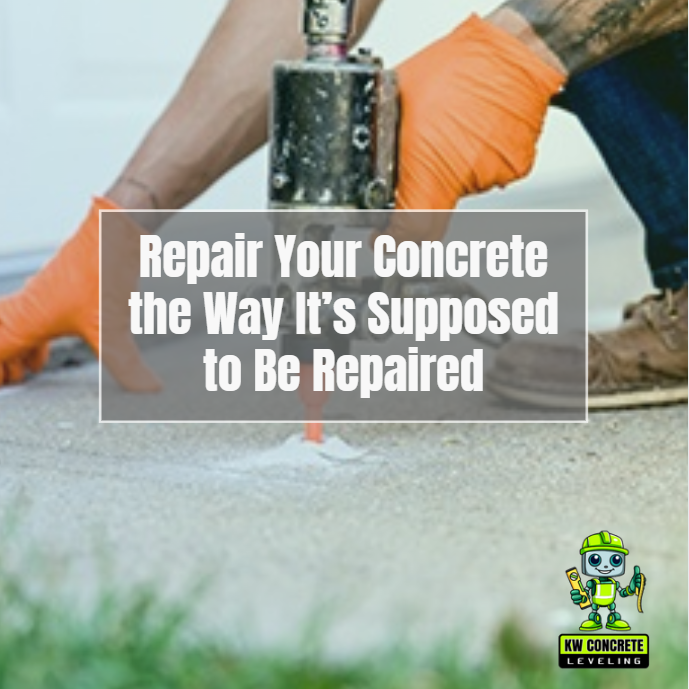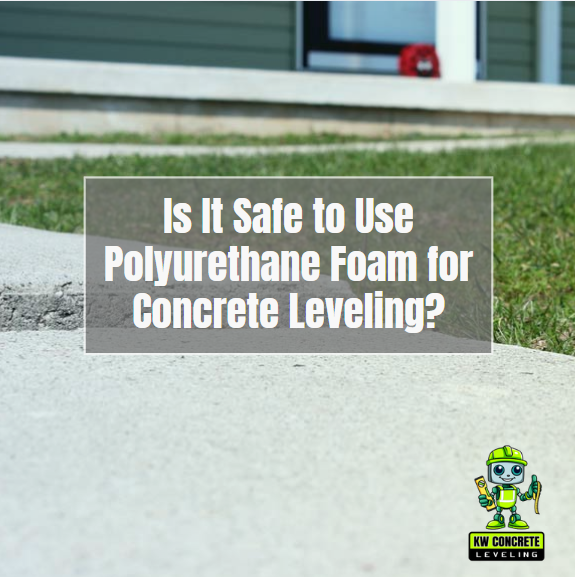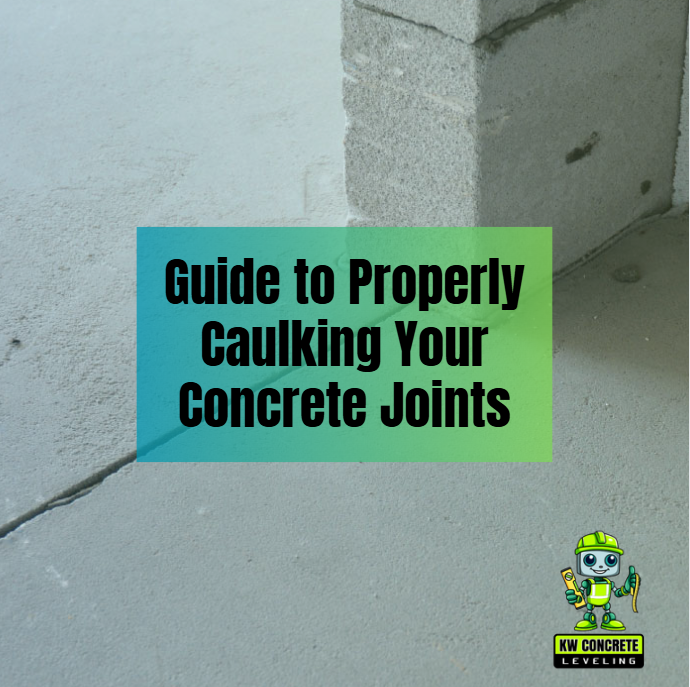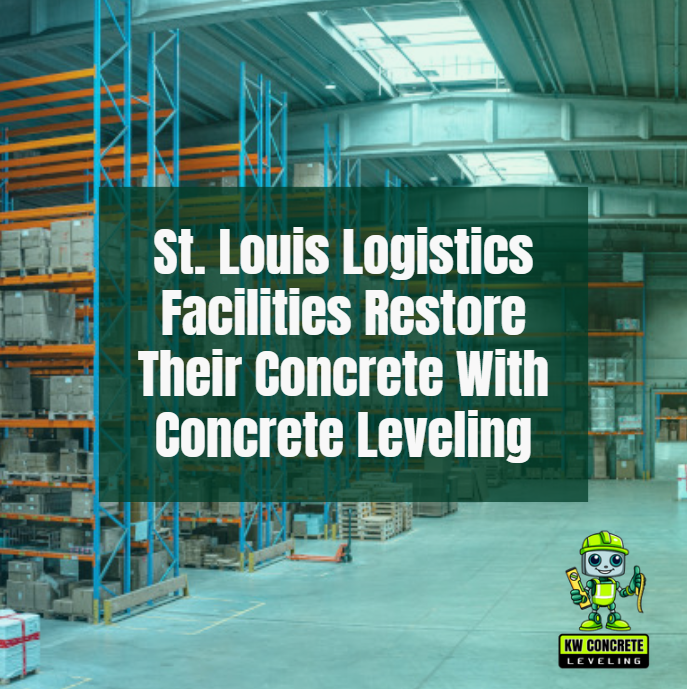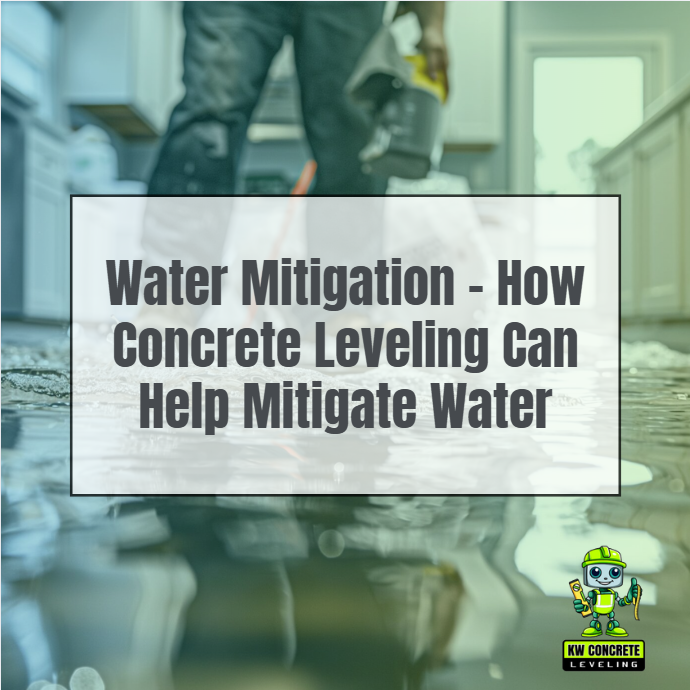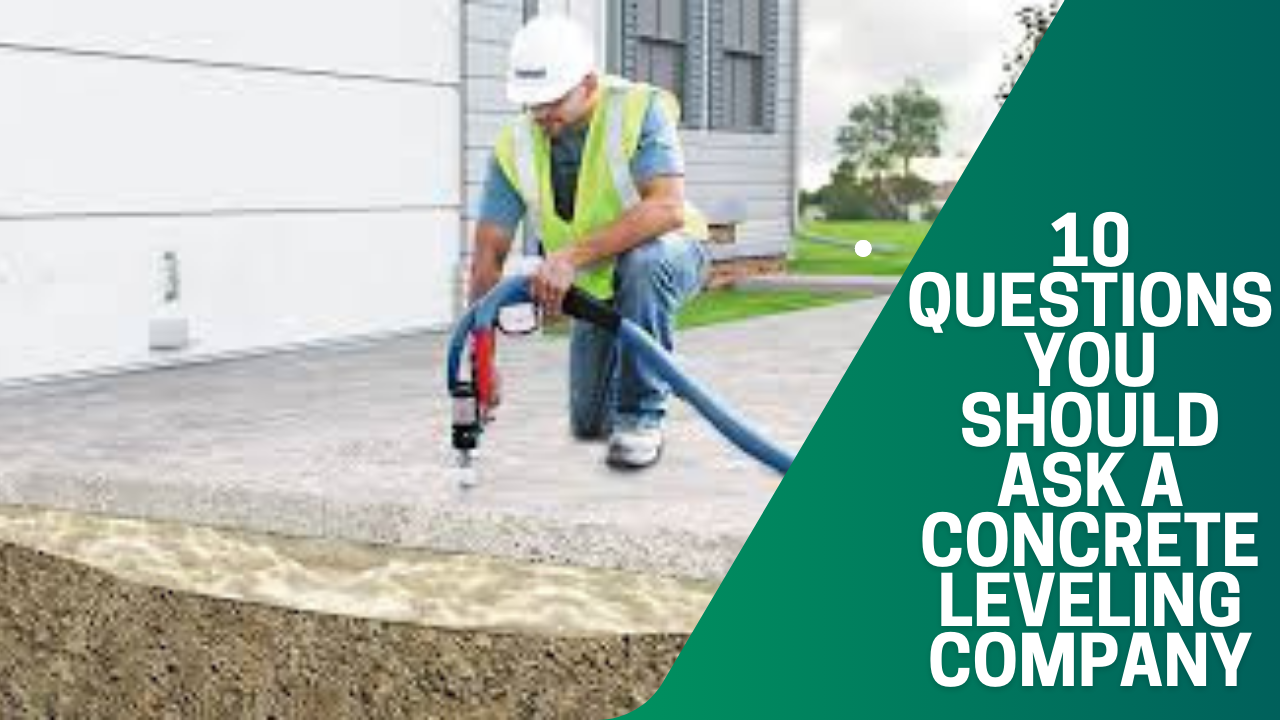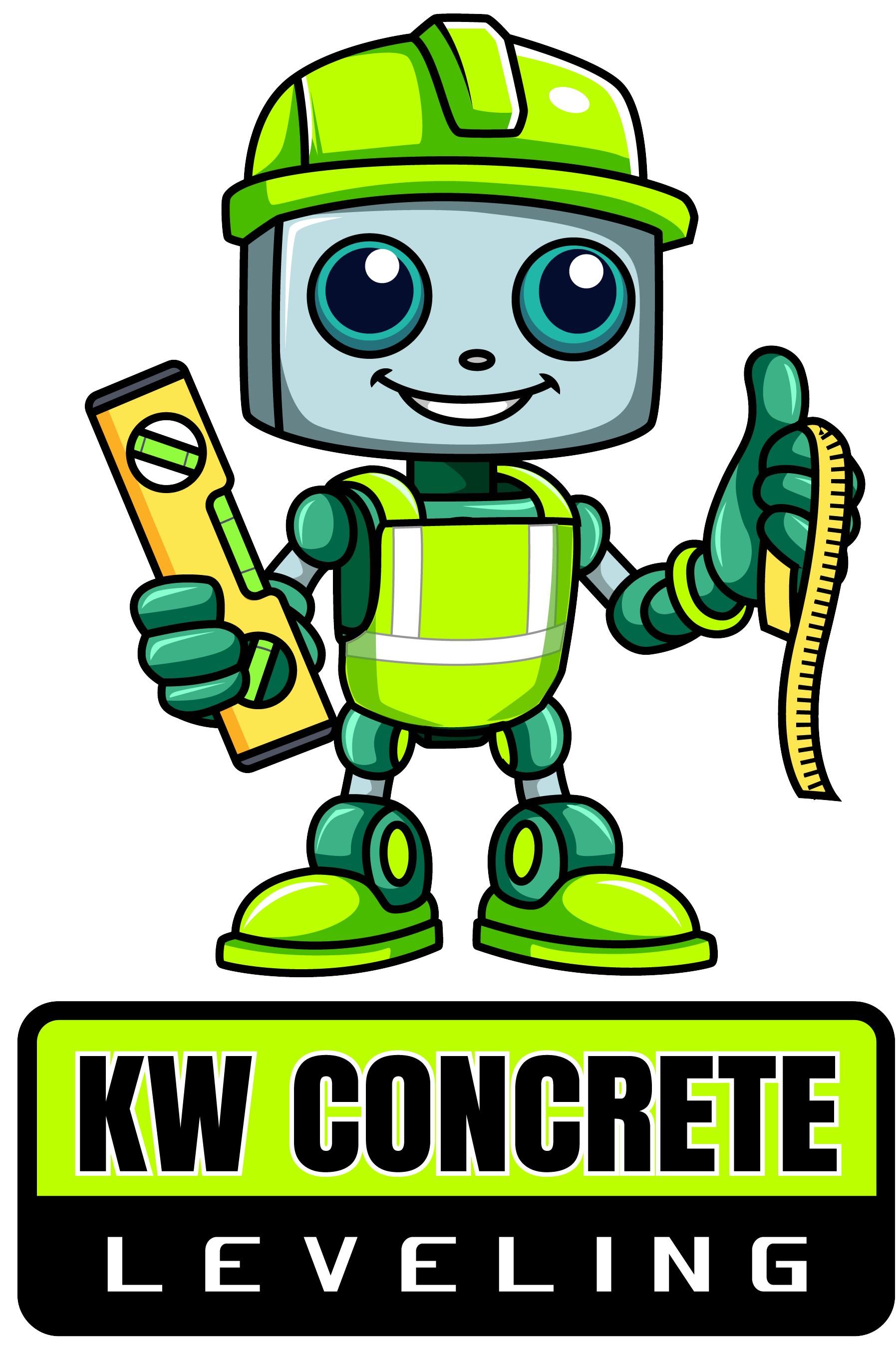Phone:
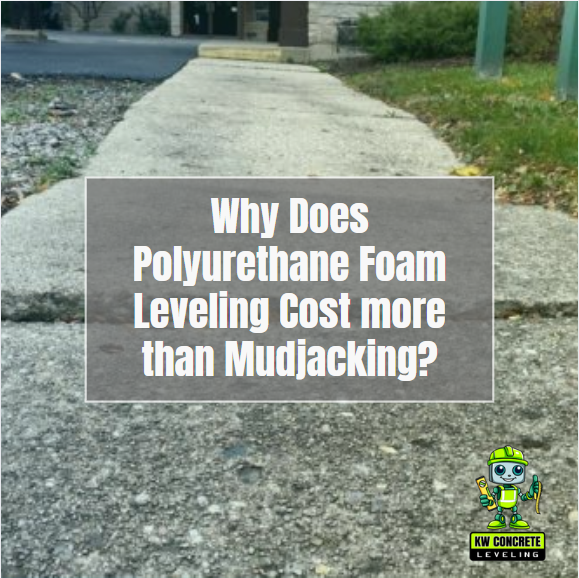
If you're looking for concrete leveling for your driveway, sidewalk or patio, you probably have seen two common methods: polyurethane foam leveling and mudjacking. While both restore sunken concrete, you may have noticed that polyurethane foam leveling is more expensive.
But why? The cost difference is based on material quality, longevity, equipment and effectiveness. This article explains why polyurethane foam leveling costs more than mudjacking and whether it's worth it for your property.
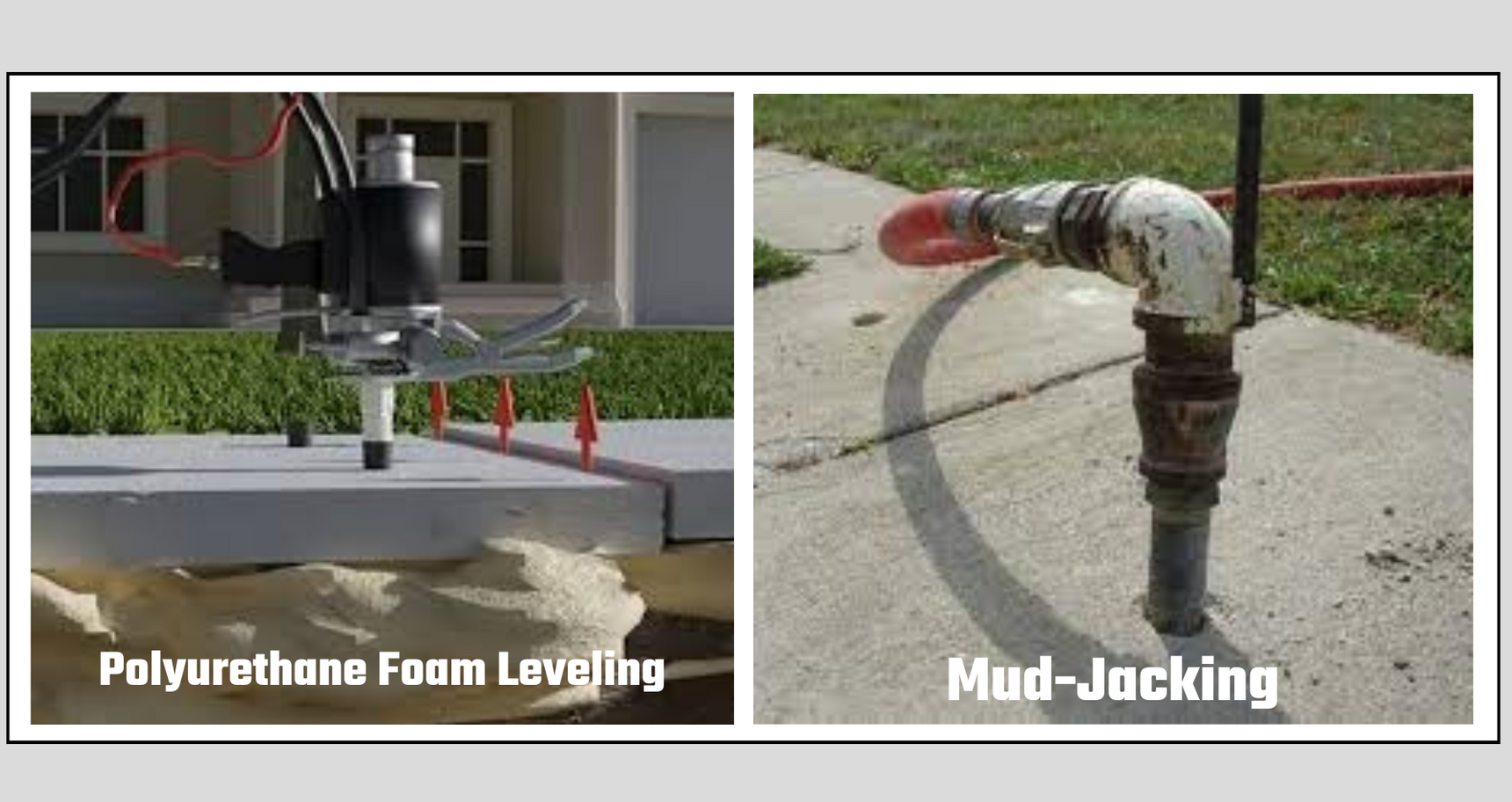
Both polyurethane foam and mudjacking lift sunken concrete, but in very different ways. Mudjacking raises the concrete by pumping a thick slurry of cement, sand, and other materials beneath it.
In contrast, polyurethane foam is injected as a clear liquid that expands and hardens quickly to lift concrete.
The difference is primarily in the materials employed and the long term performance. Mudjacking uses a heavy, often unstable mix that wears out over time; polyurethane foam is light, strong and resistant to moisture.
Polyurethane foam leveling costs more because of the special equipment needed to carry out the job. Unlike mudjacking, which uses simple hydraulic pumps and hoses to inject the slurry, polyurethane foam leveling requires high-quality pumps, injection systems and specialized training to ensure that the foam expands evenly and precisely.
All of these advanced tools and materials add cost to the service. The polyurethane foam itself is also a designed lightweight, water resistant and durable material.
The manufacturing process for high-quality foam includes testing and quality control, which adds cost to the foam compared with the cement-based slurry used in mudjacking.
When comparing strength, polyurethane foam has an advantage. When injected, the foam expands and hardens rapidly to create a firm base which will not shift or settle.
Mudjacking, in turn, uses a heavy mixture that can be broken down by moisture or soil movement. Because polyurethane foam is water-resistant and does not degrade like traditional mudjacking material, it often provides a longer solution.
Homeowners and business owners who use polyurethane foam leveling have fewer repeat problems than those who use mudjacking.
The results of polyurethane foam leveling are generally more accurate and reliable than those of mudjacking. Because the foam expands in a controlled manner, it lifts the concrete evenly and without cracks or uneven surfaces.
Additionally, since polyurethane foam cures in around fifteen minutes, you can use your concrete right away. In contrast, mudjacking requires a longer curing time and the heavier material may cause more settling later in the process.
Mudjacking is effective for some applications but requires re-treatment after a few years.
Longevity is a major factor in choosing between mudjacking and polyurethane foam. Mudjacking is usually a temporary fix and can last between 5 and 10 years before settling again. This is because the slurry is heavy and prone to soil erosion and water damage.
In contrast, polyurethane foam leveling can last decades without settling. Since it forms a strong, water-resistant base, it resists further sinking and erosion and is often the more permanent solution in many cases.
Polyurethane foam is used for more than just residential concrete leveling. It is used in commercial and industrial settings to stabilize warehouse floors, repair airport runways, and support highways.
Because it is lightweight and tough, polyurethane foam is also used for seaside erosion control, pipeline stabilization, and under railroad tracks.
| Feature | Polyurethane Foam | Mudjacking |
|---|---|---|
| Cost | Usually 20-50% more | Cheapest Option |
| Durability | Can Last Decades | 5-10 years max |
| Cure Time | 15 minutes | 24-48 hours |
| Material Weight | Lightweight | Heavy |
| Moisture Resistance | Water-resistant | Can erode over time |
| Application Accuracy | Precise, minimal disruption | Less precise, larger holes |
| Hole Size | 5/8 inch | 1 5/8 to 2 inches |
Benefits of Polyurethane Foam Leveling
The higher cost of polyurethane foam leveling is justified due to several benefits. Some of the top advantages are:
- Quick and Minimal Disruption - Because of the rapid curing time, you can use your leveled concrete in minutes instead of days.
- Lightweight But Strong - the foam adds no extra weight to The soil and will not settle out again.
- Water-Resistant - Unlike mudjacking materials, polyurethane foam won't break due to moisture.
- Eco-Friendly Solution - Many polyurethane foams contain environmentally safe components and may contain hazardous materials.
- Versatility - Polyurethane foam is also used for driveways and sidewalks, roads, bridges and industrial applications.
In case you want a quick, inexpensive fix, mudjacking might be an acceptable choice. But for a long-lasting, tough, moisture-resistant finish that requires little maintenance, polyurethane foam leveling is more expensive.
Even though the upfront price is higher, the long term benefits of polyurethane foam leveling - reduced maintenance, long life and easy usability - often exceed the initial cost. For a long-lasting concrete leveling solution, choose polyurethane foam.
Call For An Estimate!
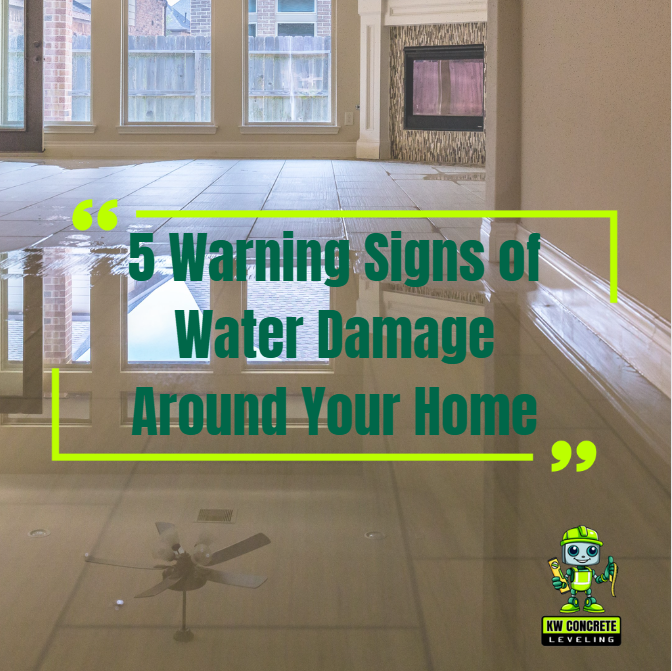
Quick Links
Contact Details
Phone: 314-661-5440
Location: St. Louis Missouri
Hours:
- Mon - Fri
- -
- Sat - Sun
- Closed
Privacy Policy | Terms & Conditions
All Rights Reserved | KW Concrete Leveling in St. Louis
